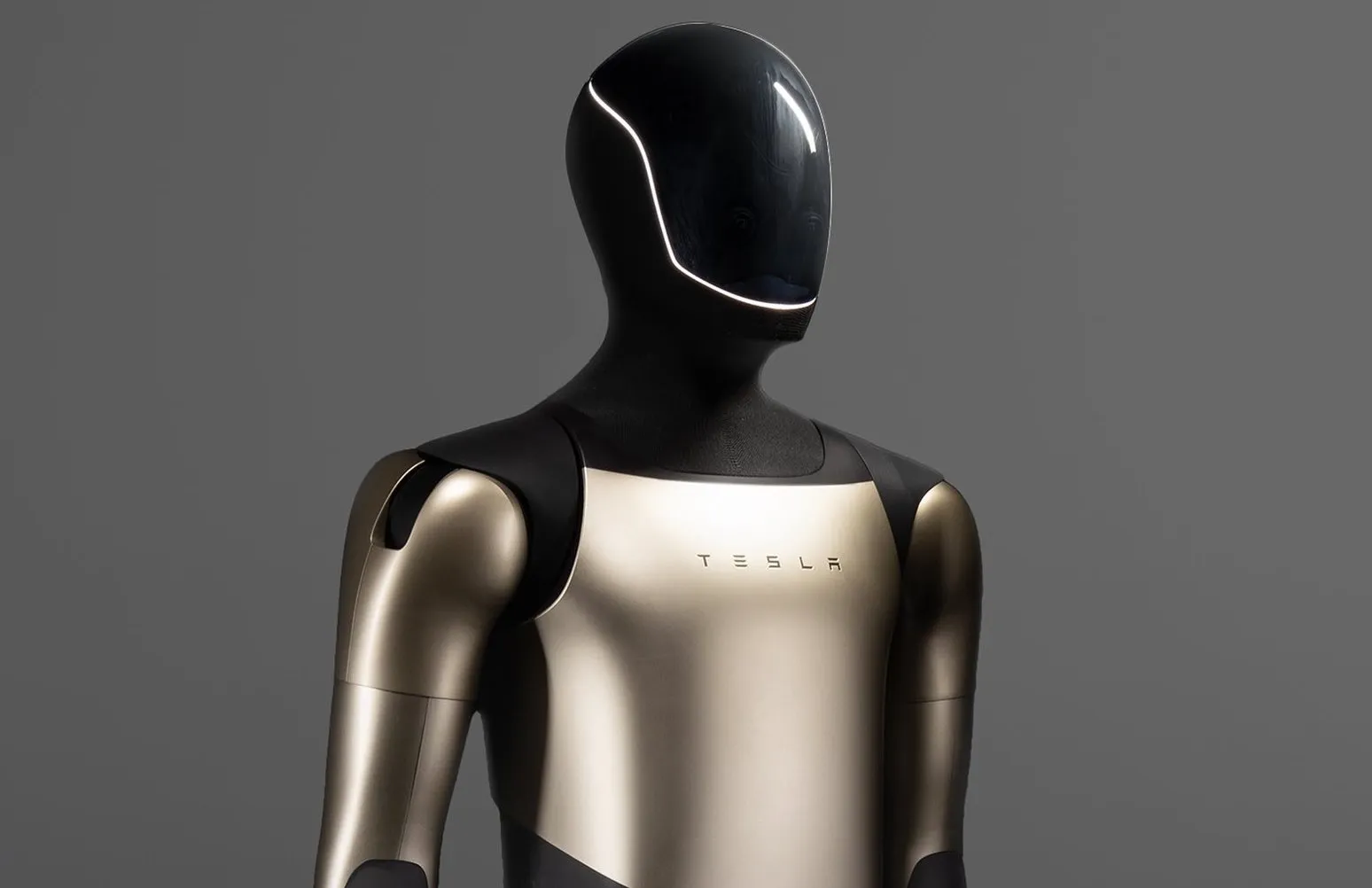Tesla will introduce its next humanoid robot Optimus V3 in the Q1, 2026, Musk confirmed this timeline at Tesla’s Q3 2025 earnings call. Optimus V3 new version features major upgrades in movement, learning, and dexterity. Musk called it “a big step toward making robots that work and think like people.”
Optimus V3 moves 75 to 80 percent faster than the earlier version. Tests show it walks close to a slow human jog. This speed helps the robot handle more real tasks like carrying items across a warehouse or working in a hospital. The new balance system improves by about half. Its reactions are quicker because of added motion sensors and stronger AI control.
Tesla V3’s redesigned major joints such as the knees and hips. The robot can twist, bend, and step over obstacles more easily now. It can respond instantly to issues that once made older versions stop or freeze.
NEWS: Elon Musk says Tesla will unveil Optimus version 3 in Q1 2026.
— Welcome to Free Speech on X (@FreeSpeech_on_X) October 23, 2025
"It won't even seem like a robot. It'll seem like a human in a robot suit. It's seems so real that you'll need to poke it to believe it's an actual robot." pic.twitter.com/nbmCfByYpi
Hands that work like human hands
Musk has often said that hand dexterity is the hardest part of building a robot. Optimus V3 moves close to solving that. Each hand now has 22 degrees of freedom, close to the human hand’s 27. The fingers use thin cable tendons connected to motors in the forearm. This setup copies how human muscles pull tendons to move fingers.
Each hand includes sensors for touch, pressure, and force. The robot can feel tiny differences down to 0.1 millimeters. It can pick up eggs or heavy tools without dropping or crushing them.
Optimus V3 is built with 28 custom actuators across its body. It uses Tesla’s fifth-generation AI chips and the same computing system used in its Full Self-Driving cars. The robot relies on eight vision cameras for 3D awareness. It weighs around 57 kilograms and stands at 1.73 meters tall.
The 2.3 kWh battery in its chest keeps it running for a full day’s tasks. Force sensors built into the feet and joints help it balance while lifting or walking. Tesla says these changes let it operate safely alongside people.
Self-learning and shared intelligence
The V3 uses Tesla’s Dojo supercomputer for collective learning. Every task a single Optimus learns can be shared instantly across all other Tesla robots. Musk explained that “when one Optimus learns something new, every other one knows it too.” The system builds on years of AI data from Tesla’s cars.
Tesla claims that new Optimus can adapt to new environments without reprogramming. If moved from a factory to an office, it can scan the room, identify new objects, and figure out how to operate in that setting.
The company has begun installing dedicated production lines for Optimus, aiming for one million units a year by late 2026. Early production will take place inside Tesla’s own factories before being offered to commercial buyers.
The robot’s main uses include repetitive work, logistics, and inspection in factories. In homes, it could help with carrying groceries, cooking, or caring for older adults. Musk recently said, “Optimus will be an incredible surgeon,” hinting at future precision levels for medical use.
Analysts value the humanoid robot market over $3 billion in 2025 and expect it to exceed $80 billion by 2035. Other companies such as Figure AI, Boston Dynamics, and Agility Robotics are also pushing their models ahead.
The expected price for Optimus will start between $20,000 and $30,000 and, Tesla aims to make it affordable enough for both business and home buyers.
Musk said the company will keep refining Optimus even after production starts. More versions are planned beyond V3, including a smaller V3.5 prototype already being tested. Musk summed up Tesla’s goal simply, “We want Optimus to be useful in any place humans work, and to help make life easier.”




